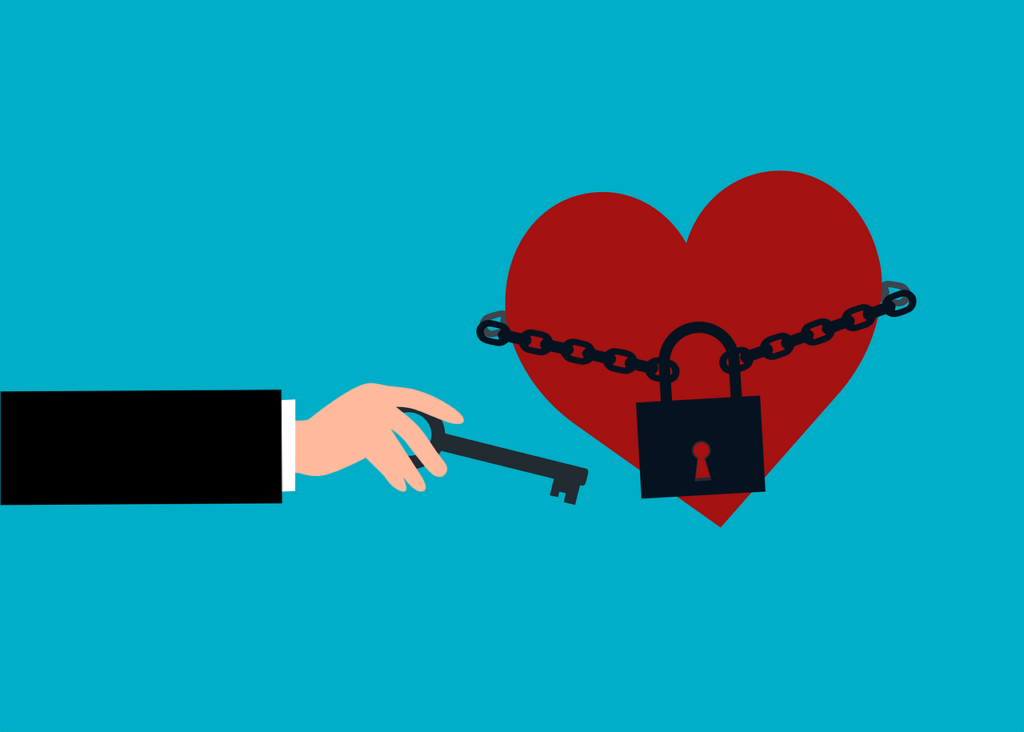There are many myths about therapy and what it looks like when it is working the way it should. I’m sure you could list off several yourself right now!
In this article I want to debunk some myths about therapy and give a more realistic picture of what good therapy looks like.

7 Myths
1) The Therapist Does *Most* Of The Work
- It sounds so idyllic to have your therapist do the work for you.
- If your therapist did the work for you, it would create a scenario where you’d become dependent on your therapist.
- Instead, therapists want to help foster a sense of independence and agency. This helps you know you can get yourself where you want to go.
- If you’re wanting to make some significant change in your life through therapy, you’re probably going to have to work hard.
2) You’ll Start Feeling Better Immediately
- Most of us understand that therapy tends to take more than 1-2 sessions to start to feel better.
- It can be surprising to find that when you really start to do the work in therapy, things can feel much worse before it gets better.
- It’s similar to if you have avoided exercise for ages. The lack of exercise can compound on itself so much that when you eventually hit the gym, you’ll probably feel terrible afterwards.
- For most folks, there is a hopefulness that things will get easier. But in the moment it still doesn’t feel good.
3) You Spend Most Of The Session Talking About Feelings
- This myth is a bit nuanced.
- In some cases, it may make sense to spend quite a bit of time unearthing and naming how we feel. Particularly if this is something that’s been more difficult for a client to access.
- But, therapy is tailored to caring for the individual and not everyone has repressed or avoided their feelings.
- This also depends on the general therapeutic approach of the therapist.
- For example, I tend to start with “What’s bothering you?” “How does that make you feel?” and then segue into “What would you like to be different about the situation?” and “What’s in your reasonable power to make that happen?” Most of the session winds up focusing on how to make change or move forward.
- For most people, it’s a myth that you spend every therapy session just venting your feelings.
4) The Therapist Doesn’t Say Or Do Very Much
- Some folks think therapists will listen with an expressionless face while the client talks. This isn’t accurate!
- Even in a technique like psychoanalysis where there is a heavy emphasis on the therapist listening to the client, there’s still a lot of activity that comes from the therapist.
- It would be something to address if you left multiple sessions having felt like you just talked and you’re unsure what your therapist did.
5) The Therapist Knows What You Need, But Won’t Tell You

- A client-focused approach assumes that the client likely knows what’s best for them.
- The therapist should be guiding the client to get to know themselves better.
- Otherwise we, as therapists, run the risk of asking our clients to replicate our own values and biases. What therapists personally think is best for our clients, might not actually be what is best for them.
- That being said, if a client ever asks me what I think they should do in a situation, I say something like: “I have some thoughts about that, and I’m happy to share those with you. But first, I’d like to hear what your thoughts are about what your options are in this situation.” After they have shared, then I say: “Did you still want to hear my thoughts?
- I never want to withhold my thoughts when a client invites me to share.
6) Therapists Have Their “Stuff” Together
- This is a messy myth.
- There are two directions this could go. On the one hand, if the therapist believes they have all their “stuff” together, it creates a breeding ground for self-deceit. When they slip up, or when their biases come through, there’s not enough space for them to see it. If they get called out, they become defensive.
- On the other hand, if a therapist believes they should have their “stuff” together but they don’t, then it creates a breeding ground for shame. They feel like they are an imposter.
- Instead, I’d like to make the argument that therapists are humans. We are just as capable of mistakes as everyone else. If we can acknowledge and accept that then we can take ourselves off of this pedestal. We can instead attempt to be more self aware. We can reflect on our work with more curiosity than judgment or denial.
- Let’s support one another in our humanity and our imperfections.
- At the end of the day: therapists don’t have their “stuff” together, because nobody does.
7) Therapists Are Emotionally Detached From Their Clients

- We know so clearly from research the most effective therapies rely on a client believing that they share a genuine, empathic relationship with their therapist.
- The best way to achieve this is for the therapist to genuinely care for their clients.
- Most therapists I know are not detached from our clients at all. We’re invested in our clients doing well. We care!
This is certainly not a comprehensive list of all myths about therapy. There are so many! But, these are some of the ones I hear coming up most frequently.
Hopefully you found this list helpful particularly if you have bought into some of these myths about therapy.
The Reality of Therapy And Private Practice
Although there are plenty of myths out there about therapists, there is also a lot known about what makes a good therapist. This video explores the characteristics of a good therapist.
And, if you’re reading this article because you too are in private practice, I have an article all about myths you might hear about starting a therapy practice. Maybe you’ve run into these myths too?
Until next time, from one therapist to another: I wish you well.
-Marie
Photo by SHVETS production on Pexels
Image by Mohamed Hassan from Pixabay
Photo by cottonbro studio on Pexels
Leave A Reply